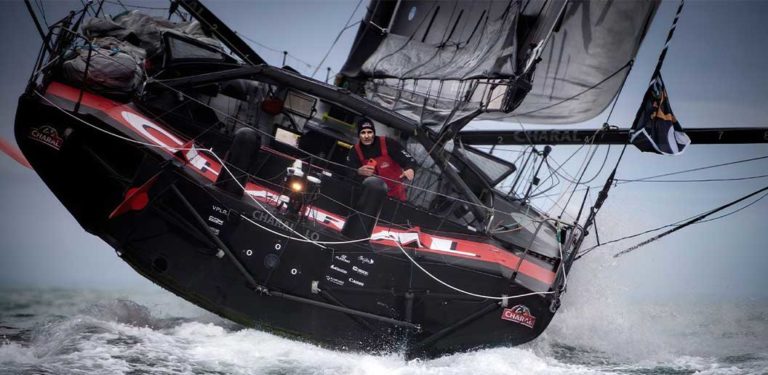Solo, Non-Stop, And Without Assistance
The Vendée Globe is not just a sailing race; it’s a testament to human endurance, skill, and the indomitable spirit of adventure. This solo, non-stop, and unassisted race around the world is often referred to as the “Everest of the Seas,” and for good reason. The challenges faced by the sailors are immense, and the journey is as much about self-discovery as it is about navigating the treacherous waters of the world’s oceans.
The origins of the Vendée Globe trace back to the Golden Globe race of 1968. This was the first-ever solo circumnavigation of the globe via the three capes: Good Hope, Leeuwin, and Horn. Out of the nine pioneers who embarked on this daring journey, only one managed to complete it. British sailor Robin Knox-Johnston, after 313 grueling days at sea, sailed into Falmouth, marking a historic achievement.
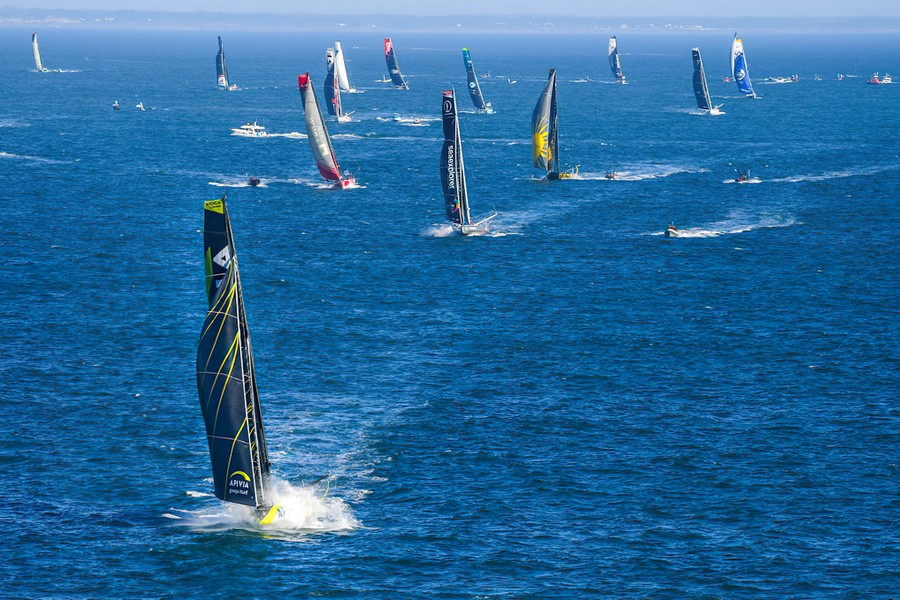
Fast forward to twenty years later, and the spirit of the Golden Globe was revived, but with a twist. Philippe Jeantot, a seasoned navigator who had won the BOC Challenge twice, envisioned a race that would go around the world without any stops. Thus, in 1989, the Vendée Globe was born. Thirteen sailors took to the seas in the inaugural race, but only seven managed to return to Les Sables d’Olonne, the starting point.
Over the years, the Vendée Globe has seen nine editions, with 167 sailors taking on the challenge. However, the race’s demanding nature means that only 89 have successfully crossed the finish line. These numbers alone highlight the extreme difficulty of this global event. Sailors face freezing temperatures, towering waves, and the relentless skies of the Great South. But beyond the physical challenges, the Vendée Globe is a journey into oneself, testing the mental and emotional limits of the participants.
The race has crowned several great sailors over the years. From Titouan Lamazou in 1990 to Yannick Bestaven in 2021, each winner has etched their name in the annals of sailing history. Armel Le Cléac’h, the 2017 winner, holds the current record, completing the race in just 74 days. Michel Desjoyeaux stands out as the only sailor to have won the race twice, in 2001 and 2009.
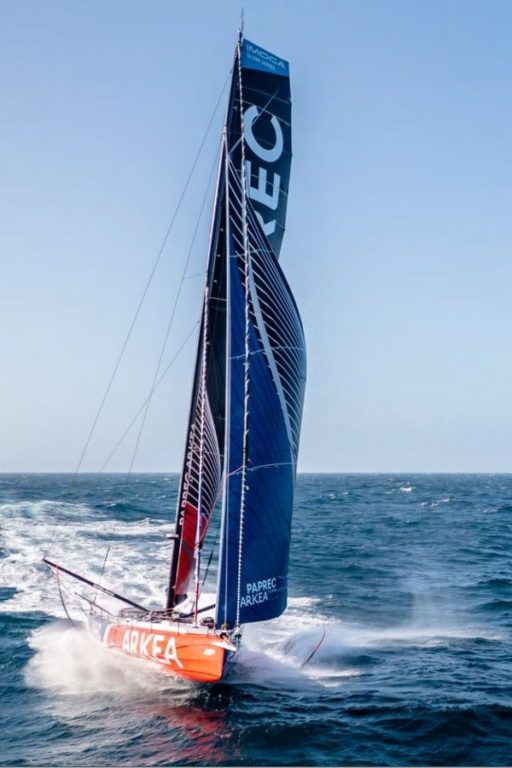
The concept of the Vendée Globe is straightforward yet daunting: sail around the world alone, without stopping, and without any external assistance. This means that sailors cannot have anyone else on board, cannot stop at any ports, and cannot receive any outside help. The only exception is in the case of rescuing a fellow competitor, a rare but not unheard-of occurrence. For instance, the rescue of Kevin Escoffier by Jean Le Cam off the Cape of Good Hope is still fresh in the minds of many.
The race’s rules are strict. Sailors can anchor their boats, but they cannot step ashore beyond the high tide mark. They can sail close to the coast for shelter but cannot stop. They are truly alone, relying on their skills, wit, and the resources on their boat. Any repairs, navigation decisions, or medical treatments must be done solo. This isolation and the constant challenges thrown by Mother Nature make the Vendée Globe an extreme race.
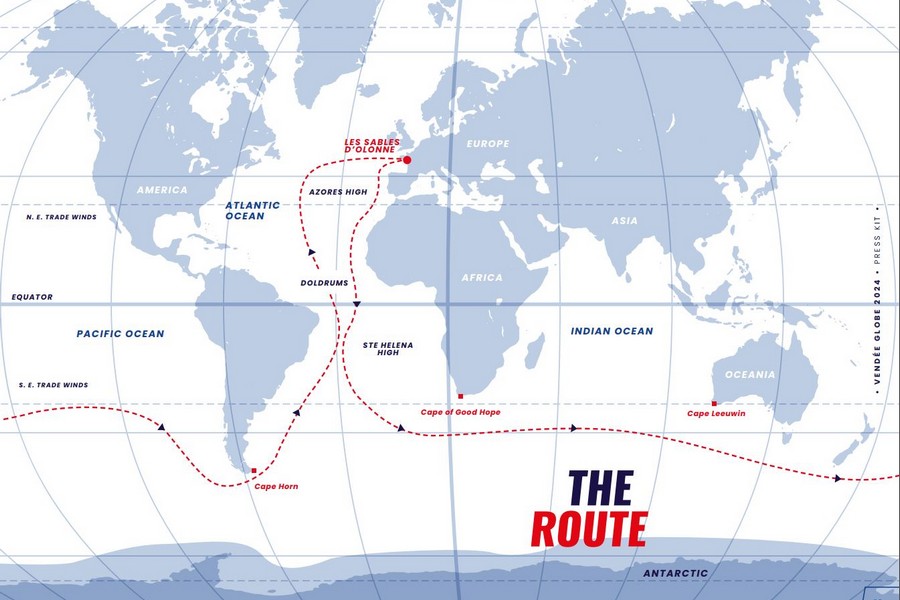
The route of the Vendée Globe is a staggering 45,000 kilometers (or 24,300 miles). Sailors start from Les Sables d’Olonne and navigate down the Atlantic, cross the Indian and Pacific oceans, and then sail back up the Atlantic. The journey takes them through varying climates, from the frost of Vendée to equatorial heats and then to the subantarctic polar cold of the Southern seas.
Navigating the Vendée Globe requires a deep understanding of weather systems. Sailors must constantly adjust their strategies based on high and low-pressure zones, ensuring they find the right balance to avoid the strongest winds while not getting trapped in high pressures. The race is as much about strategy as it is about sailing prowess.
The boats used in the Vendée Globe are marvels of engineering. All measuring 18.28 meters in length with a 4.50-meter draught, these boats are the most powerful monohulls on the planet. With large sail areas, they can reach speeds of up to 40 knots. The design of these boats is governed by the IMOCA class (International Monohull Open Class Association), ensuring a level playing field while also promoting innovation.
Every four years, a new group of sailors takes on this challenge, adding to the rich legacy of this extraordinary event. The next edition, set to start on 10th November 2024, promises to be as thrilling and inspiring as ever.
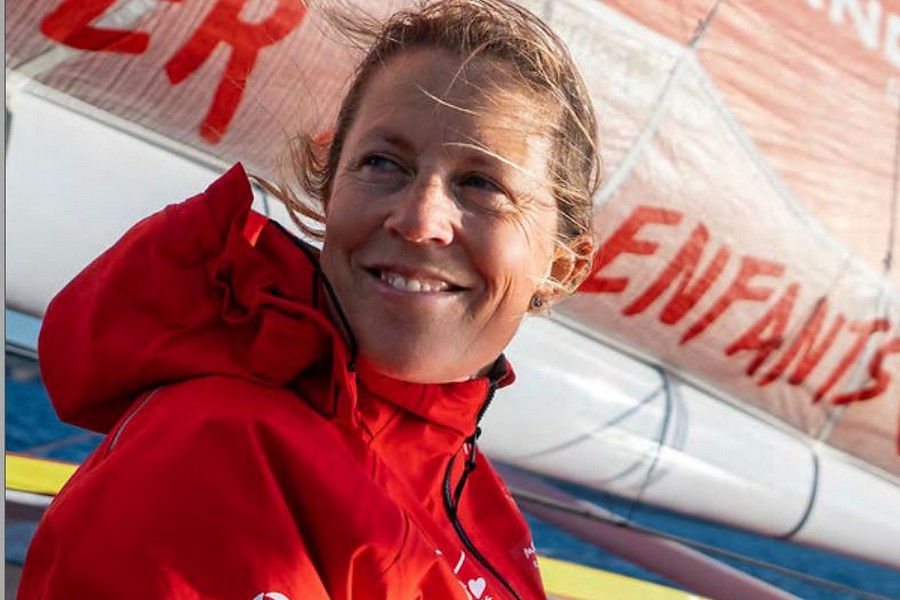
A record-breaking 44 skippers have submitted their applications for the upcoming race. Among this impressive roster, there are 18 newcomers, with the distinction of the youngest skipper being claimed by Violette Dorange, who is a mere 22 years old. Dorange is gearing up for her inaugural round-the-world race on the same vessel that Jean LeCam used in the 2020 Vendée Globe.
Alain Leboeuf, the president of the Vendée Globe, expressed his delight in the diverse array of applications for the 2024 edition. Meanwhile, the legendary figure of King Jean, the oldest competitor in the race, is all set for his sixth appearance, steering his brand-new IMOCA equipped with straight daggerboards, freshly launched for the occasion.
This year also sees a historic moment with six female candidates, matching the record set in the 2020 edition. Additionally, Damien Seguin, who became the first disabled skipper to complete in 2020-2021, is poised to return, alongside Jingkun Xu, a young Chinese skipper with an arm amputation.
The organizers of the Vendée Globe have received applications from around the world, including 16 international skippers, a significant increase from the 12 in 2020. Moreover, the entrants hail from 11 different nationalities, spanning four continents.
Beyond the thrill of competition, the race provides a platform for skippers to champion causes close to their hearts. More than 30 causes are supported by the participating sailors. Some, like Tanguy Le Turquais and Manuel Cousin, have named their vessels after the charities they endorse for maximum visibility. Others, such as Thomas Ruyant and Sam Goodchild, are uniting under the common banner of the “We sail for people and planet” collective.
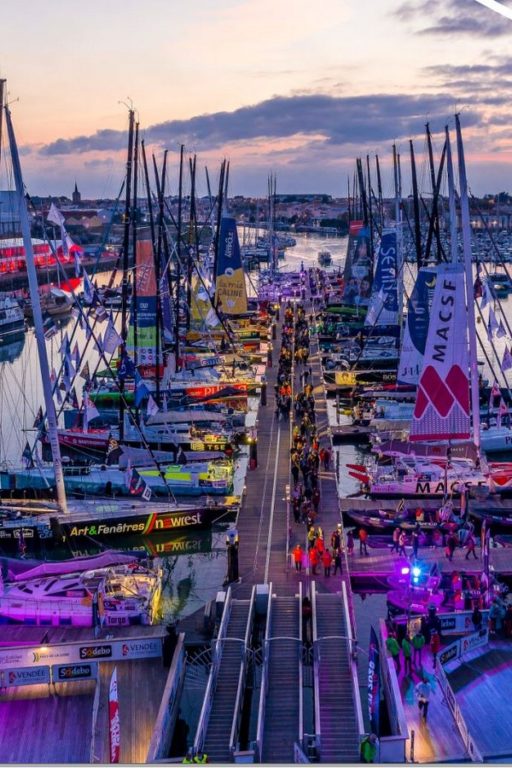
One standout initiative is the Initiatives-Coeur project led by skipper Sam Davies, which facilitates life-saving heart surgeries in France for children with heart malformations when such procedures are unavailable in their home countries. Their ambitious goal is to save 500 children by the conclusion of the next Vendée Globe.
In comparison to the 2020 edition, which saw 37 applicants, the final roster of 40 competitors who will embark on the race on November 10, 2024, will be determined after the New York Vendée – Les Sables d’Olonne qualifying and selection race, commencing in the United States on May 29, 2024.
Alain Leboeuf summed up the spirit of the event, stating, “Once again, we will be welcoming sailors with extraordinary backgrounds and personalities from all over the world, ready to take on the vastness of the oceans and fulfill their dreams. The increasing number of international participants underscores the global appeal of our race, inspiring individuals far beyond their national boundaries. It is this rich human diversity that makes the Vendée Globe an exceptional adventure.”


